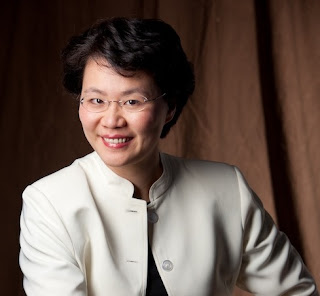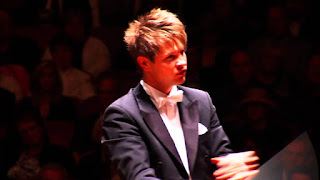Guitarist John Scofield returns within a year to harvest a Combo 66 crop again

He declares his affection for Indianapolis each time he brings his band onstage, if memory serves. So it's no surprise that, for an A-list jazzman, John Scofield has come here fairly often. And it's our good fortune. The patriarchal pose suits old maestro John Scofield just fine. The latest gig is another two-night stand at t he Jazz Kitchen . He is returning with his Combo 66 quartet, drawing on memories of his first appearance here with the same personnel last fall . His sidemen are Gerald Clayton, keyboards; Vicente Archer, bass, and Bill Stewart, drums. I'm not especially partial to guitarists, but I find Scofield always worth hearing. Unless his personal collection of licks and cliches is so vast I can't remember them, he seems remarkably free of working a groove or a melodic idiosyncrasy to death. Saturday night's first set was no exception, even though the set list overlapped what he had to offer when I heard the band in October 2018. I will avoid









